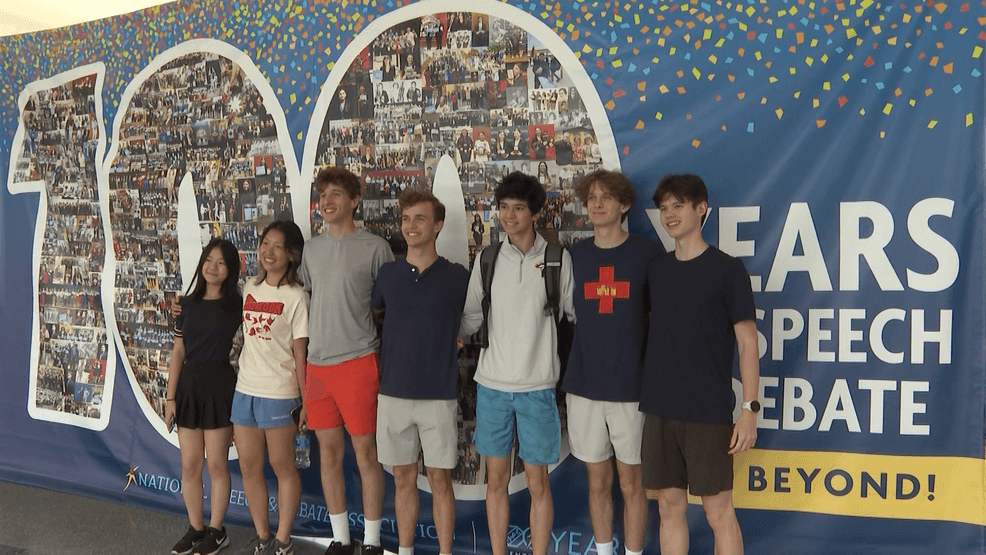DES MOINES, Iowa — The National Speech and Debate Tournament officially kicks off on Monday with thousands of students from across the country getting ready to compete at 11 different venues across the Des Moines Metro.
The world’s largest academic competition is expected to draw more than 10,000 people to Des Moines. 6,700 students from 1,300 schools will compete to be one of the 42 champions over the course of this week.
The tournament is expected to boost Des Moines’ economy by $22 million through hotel stays, restaurants, shops, local businesses, and more, according to Catch Des Moines.
This is the second consecutive year that the competition is being held in Des Moines.
“We love to have this impact two years in a row and we consider any city we go to fortunate to benefit from our students who are also amazing stewards when they come. They really could not be better visitors,” said the Assistant Executive Director of the National Speech and Debate Association, Amy Seidelman.
The National Speech and Debate Association is based in Des Moines. It’s also celebrating its 100th birthday this year, and to honor all of its history, officials created an interactive timeline for community members and tournament attendees to visit.
The timeline is located inside the skywalk over Center Street at the Iowa Events Center. It lists all the locations that have hosted the National Speech and Debate Tournament, and has panels and videos describing specific historical moments for the association.
People can see the timeline every day until June 20th.
Many NSDA members have also gone on to become prominent leaders, like Supreme Court Justices Ketanji Brown Jackson, Sonia Sotomayor, and Neil Gorsuch, and NBC Nightly News anchor Tom Llamas.
As a result, apart from celebrating 100 years and drawing millions of dollars to Des Moines, future leaders are visiting Iowa’s capital city.
While honoring the past, Seidelman said the association is planning for their future. She said their new initiative is to double the participation in speech and debate programming over the next five years.
